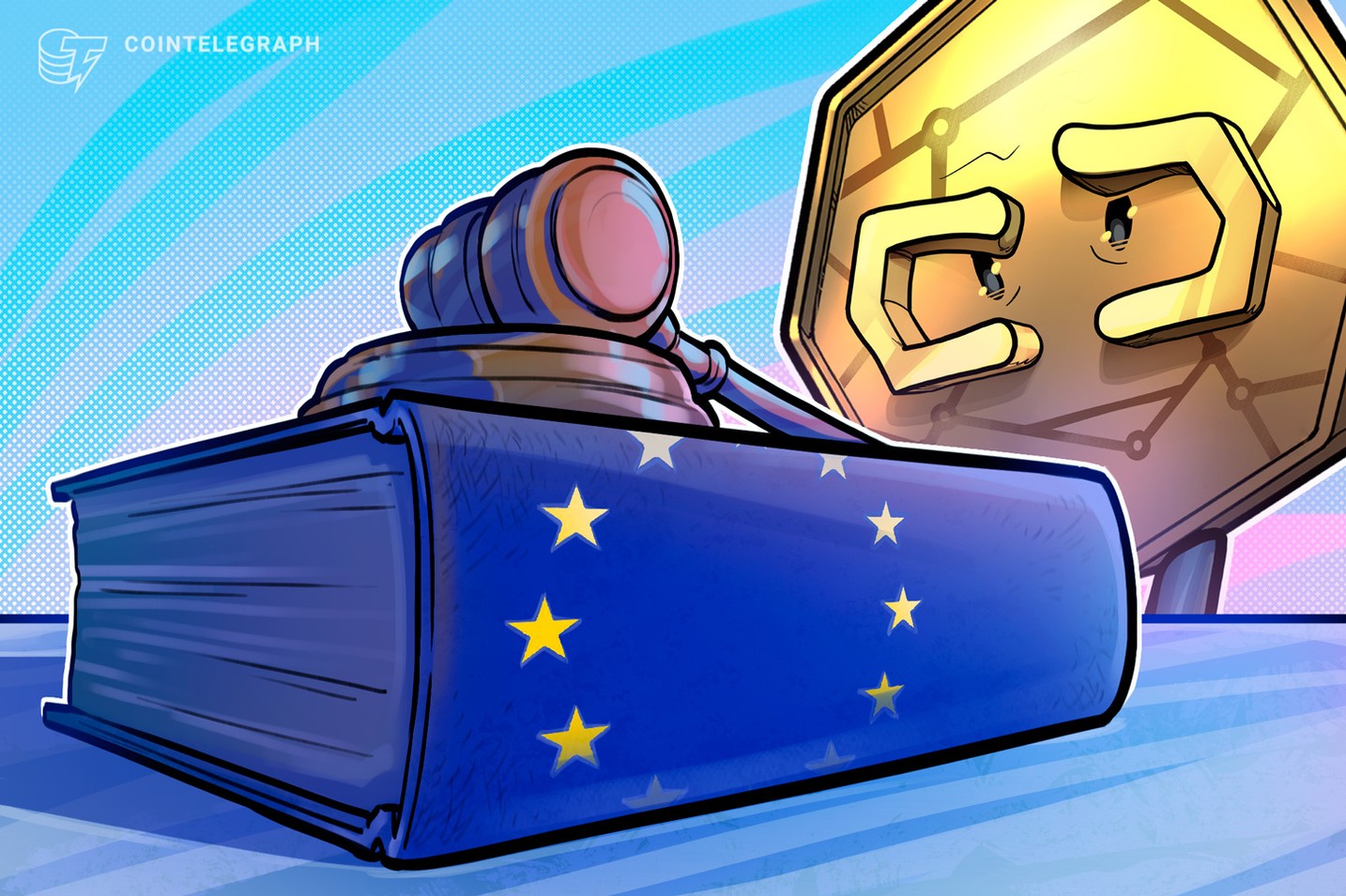
Europe's Regulations Overlook Non-Transferable Digital Assets
European regulations implicitly assume that all digital tokens can be transferred, ignoring non-transferable assets like personalized contracts. The EU Blockchain Sandbox suggests a potential remedy.
Europe’s regulatory framework appears to be designed solely for assets that can be transferred, leaving many assets—such as shares in private companies and unique revenue-sharing contracts—in a gray regulatory area. The EU Blockchain Sandbox puts forth a resolution: acknowledging that a ‘digital twin’ can preserve the legal status of a non-transferable asset rather than deeming it a new, transferable security token.
Some may contend that defining non-freely transferable tokens could create vulnerabilities within the system, while others argue that every token on a public blockchain is inherently tradable. Both viewpoints have their merits, yet fail to capture the nuanced reality, as outlined in the report.
Tokenization’s Progress Outruns Regulation
Legally, a bond continues to be a bond, and shares remain shares, irrespective of whether they are issued in traditional or digital forms. If a digital twin is accurately created for a non-transferable asset, simply recording it on a blockchain does not automatically categorize it as a security token or a crypto asset regulated by the Markets in Crypto-Assets (MiCA).
The EU Blockchain Sandbox has led to a structured approach for analysis. A three-step query process should occur:
- Is the token classified as a MiFID II financial instrument?
- If not, does it fall within MiCA’s jurisdiction?
- Lastly, if neither applies, does national law configure the asset?
This three-step process is critical to ensure that tailored token features do not lead to unintended legal outcomes. The transferability criteria set by MiCA is crucial: if a token lacks transferability, it does not meet the criteria for being classified as a crypto asset under MiCA.
Transferability Can Alter Token Classification
In instances where the original asset’s essence is duplicated by an exact digital twin, the legal classification should remain intact. However, introducing features like transferability to an inherently non-transferable asset can lead to a shift in legal categorization.
When developers attempt to create a digital version of a non-transferable asset while incorporating transferability for liquidity purposes, they often stray from accurately mirroring the original asset and may inadvertently create a new digital instrument that falls under different regulations. Therefore, proper technical measures and legal examination based on relevant national statutes are critical in preventing misclassification.
Clarifications from the EU Blockchain Sandbox
Through the sandbox’s collaborative efforts, participants emerged with concrete insights into what the Best Practices Report defines as the ‘digital twin’ evaluation. This helps ascertain whether the token is a precise digital replica of the original asset or if new features have been added, such as transferability, which could impact its legal classification.
A significant insight is that mere contractual restrictions are insufficient to define non-transferability; technical barriers ensuring the token cannot be transferred other than to the original issuer are fundamental. This engineering level ensures compliance with MiCA regulations.
Importance for Europe’s Market
Regulatory bodies need not draft entirely new laws to handle innovation-related risks. Instead, they should provide concise practical guidance, focusing on the sequences derived from the sandbox’s practices, specifically addressing the MiFID II tests.
The sandbox experience underscores the value of organized interaction between regulators and the industry to resolve existing legal gaps. This involves clarifying how frameworks like MiFID II, MiCA, and AIFMD engage with tokenization.
Ultimately, establishing clear guidance can facilitate the compliant digitization of Europe’s expansive rights market, preventing wrongful reclassifications that could hinder advances in issuance. By differentiating between digital twins and engineered transferability, Europe can sustain real-world asset (RWA) tokenization ventures domestically.
Conclusion
Tokenization presents both opportunities and challenges. The EU Blockchain Sandbox has provided invaluable insights, and now it is crucial for regulators to solidify these frameworks so that developers recognize the boundaries and investors understand their acquisitions. This ensures the protection and fluidity of European markets.


